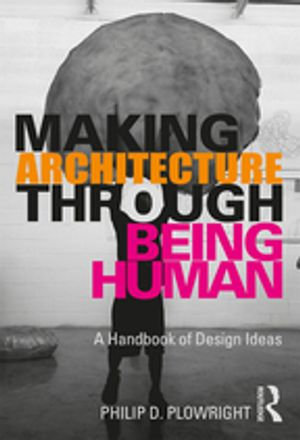
eTEXT
Making Architecture Through Being Human
A Handbook of Design Ideas
eText | 26 November 2019 | Edition Number 1
At a Glance
eText
$50.60
or
Instant online reading in your Booktopia eTextbook Library *
Read online on
Desktop
Tablet
Mobile
Not downloadable to your eReader or an app
Why choose an eTextbook?
Instant Access *
Purchase and read your book immediately
Read Aloud
Listen and follow along as Bookshelf reads to you
Study Tools
Built-in study tools like highlights and more
* eTextbooks are not downloadable to your eReader or an app and can be accessed via web browsers only. You must be connected to the internet and have no technical issues with your device or browser that could prevent the eTextbook from operating.
ISBN: 9780429537301
ISBN-10: 0429537301
Published: 26th November 2019
Format: ePUB
Language: English
Publisher: Taylor & Francis
Edition Number: 1
You Can Find This eBook In
Non-FictionArts & EntertainmentArchitectureTheory of ArchitectureArchitectural Structure & DesignGeneral Issues in ArtEarth Sciences, Geography, Environment, PlanningThe EnvironmentProfessional Practice of ArchitectureDesign, Industrial & Commercial Arts, IllustrationIllustration & Commercial ArtEngineering & Technology
This product is categorised by
- Non-FictionArts & EntertainmentArchitectureTheory of Architecture
- Non-FictionArts & EntertainmentArchitectureArchitectural Structure & Design
- Non-FictionArts & EntertainmentGeneral Issues in Art
- Non-FictionEarth Sciences, Geography, Environment, PlanningThe Environment
- Non-FictionArts & EntertainmentArchitectureProfessional Practice of Architecture
- Non-FictionArts & EntertainmentDesign, Industrial & Commercial Arts, IllustrationIllustration & Commercial Art
- Non-FictionEngineering & TechnologyCivil Engineering
























